Product Description
Furosemide, classified as a saluretic, promotes rapid removal of excess fluid by significantly increasing the excretion of sodium and chloride ions. It works by inhibiting sodium reabsorption in the ascending loop of Henle, as well as in the proximal and distal renal tubules, leading to a marked diuretic effect. In addition to sodium and chloride, the medication also enhances the elimination of bicarbonates, phosphates, calcium, and magnesium. Its potent and immediate action makes it particularly useful in urgent situations involving fluid overload or electrolyte imbalances.
Safety Information
Indications and Usage
This diuretic is indicated for the treatment of edema associated with heart failure, liver cirrhosis, kidney disease, and conditions causing impaired venous return such as post-burn edema and phlebothrombosis. It is also used to manage ascites related to malignancies or organ failure, peripheral and pulmonary edema, as well as cerebral edema caused by trauma. Other approved uses include pregnancy-related toxemia, eclampsia, premenstrual tension, pre-uremia, hyperkalemia, and cases requiring forced diuresis. Its wide application across various medical scenarios highlights its importance in fluid and electrolyte regulation.
Mode of Application
The medication is taken orally, with the typical adult dosage starting at 40 mg once daily. Depending on clinical response, the dose may be increased to 80–120 mg per day and later reduced to a maintenance dose of 40 mg every other day once adequate urine output is achieved. In pediatric patients, dosing is weight-based and generally ranges from 1 to 2 mg per kilogram of body weight per day. Dose adjustments should always be guided by renal function, fluid status, and the patient’s overall clinical condition.
Contraindications
The use of this diuretic is contraindicated in individuals with hypersensitivity to the active compound, complete absence of urine output (anuria), uremia, hepatic coma, or mechanical obstruction of the urinary tract. It should also be avoided in patients with significant electrolyte imbalances that have not been corrected. Careful evaluation and laboratory testing are essential prior to initiating treatment to avoid serious complications.
Side Effects
Cardiovascular side effects may include hypotension, orthostatic collapse, arrhythmias, and decreased circulating blood volume, especially with aggressive dosing. Neurological effects can range from dizziness and headache to muscle weakness, leg cramps, confusion, and drowsiness. Visual or auditory disturbances have also been reported in some cases. Gastrointestinal issues may involve nausea, dry mouth, constipation, diarrhea, pancreatitis, or liver-related disorders such as cholestatic jaundice.
From the genitourinary system, potential adverse effects include oliguria, urinary retention, interstitial nephritis, hematuria, and reduced sexual function. Electrolyte disturbances are among the most common complications and include hypovolemia, dehydration, hypokalemia, hyponatremia, and hypomagnesemia, potentially leading to metabolic alkalosis. In rare cases, metabolic changes like hyperglycemia or hyperuricemia may occur. Allergic reactions may manifest as rash, hives, vasculitis, photosensitivity, or in severe cases, anaphylactic shock. Continuous monitoring of blood pressure, renal function, and electrolyte levels is essential during treatment.

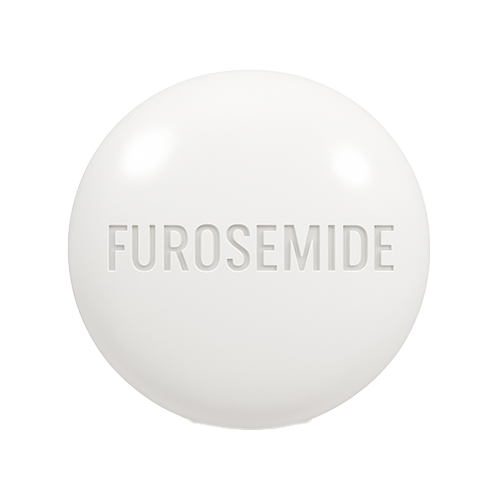
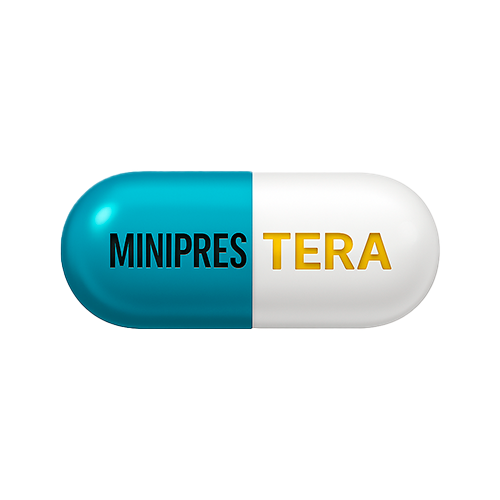

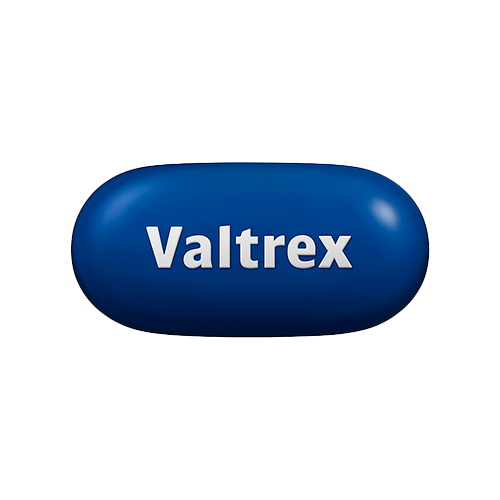

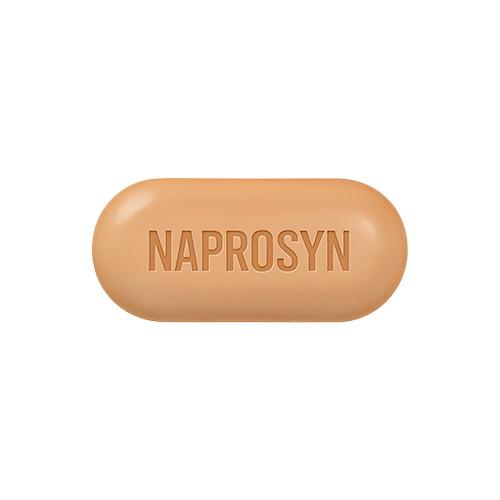
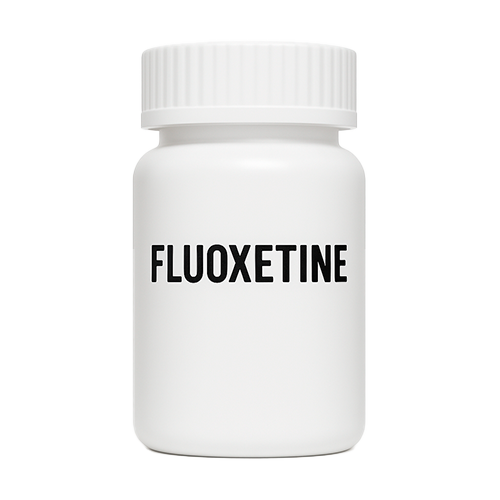
Reviews
There are no reviews yet.